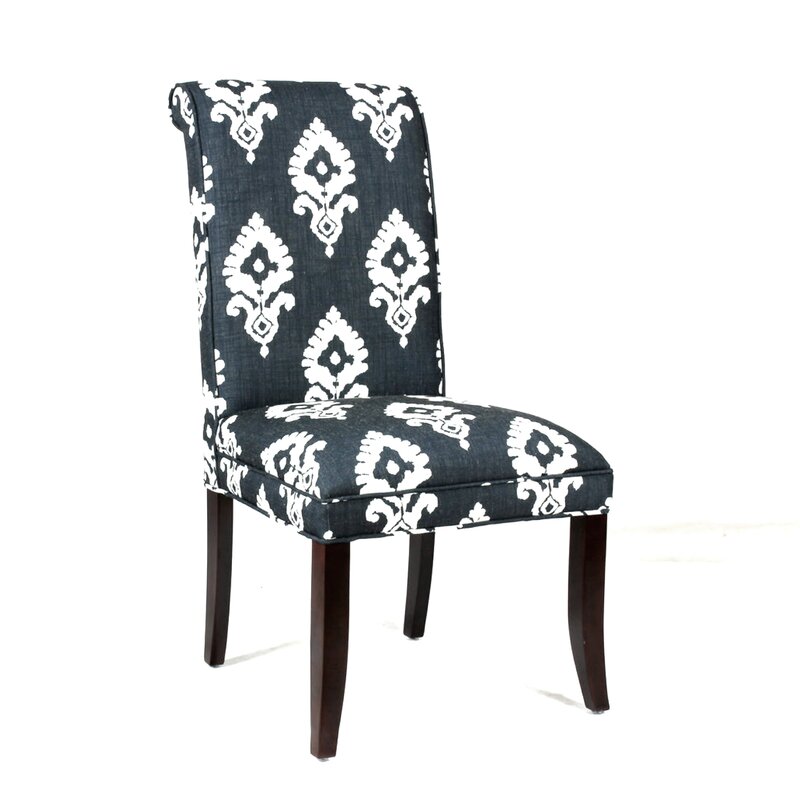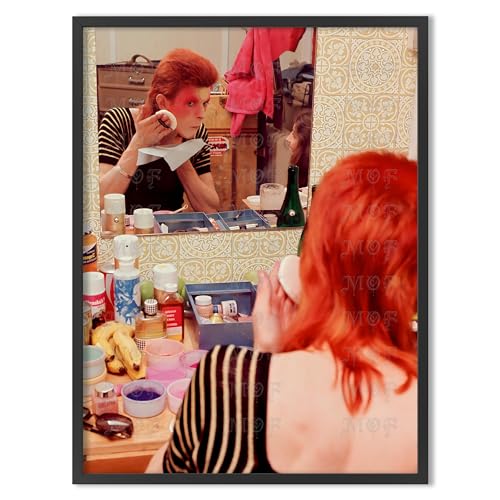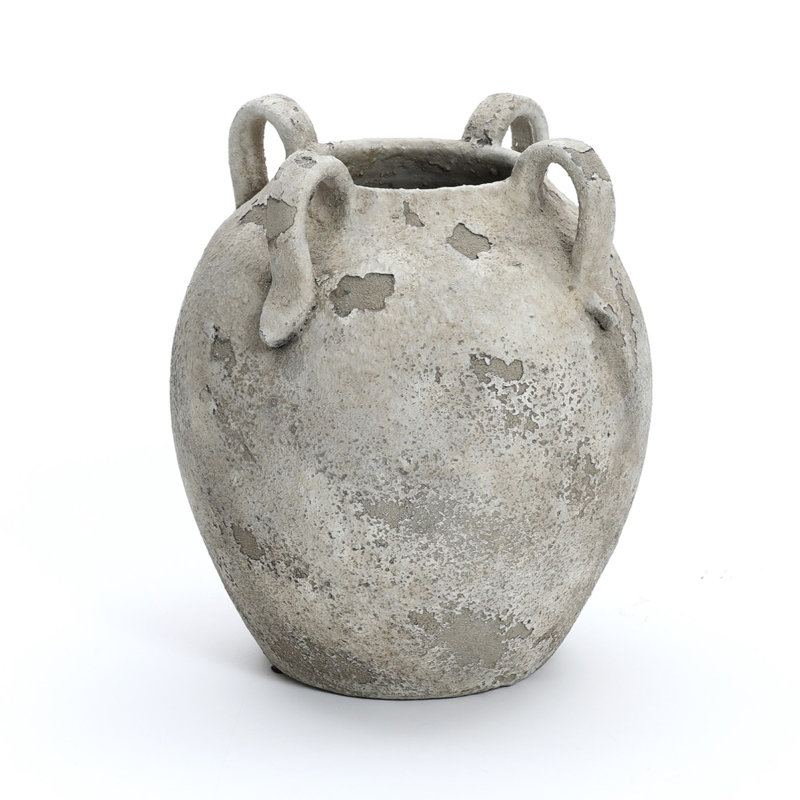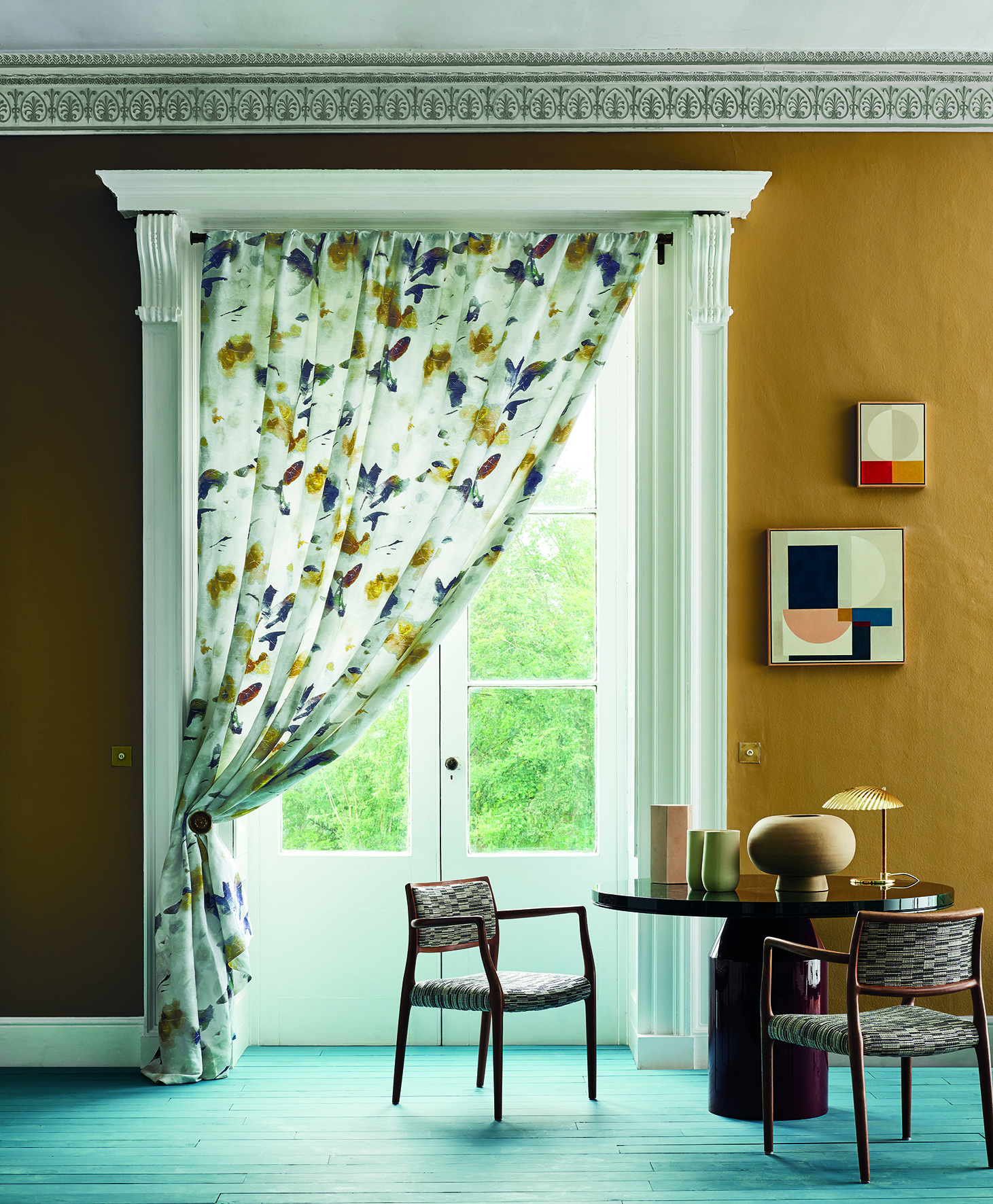
Creating a home that's equal parts playful and maximalist as it is sophisticated is no easy feat – but it is possible, as Miley Cyrus' LA abode exemplifies. Designed by her mom, Tish Cyrus (and her design partner, Mat Sanders), the SoCal estate serves as a calming retreat for the singer – without sacrificing lighthearted fun. The entire property taps into this ideology, but arguably, no space epitomizes it quite like the dining room. The secret to its success is in its expert layering.
In her dining room, Cyrus crucially starts with a light blue-gray foundation before introducing a pattern through the upholstery on her dining chairs. The open-plan space flows into the entryway, complete with colorful art books, a statement house plant, and a David Bowie print. Despite featuring a combination of bold patterns, prints, and colors, Cyrus's dining space remains calm – proving that maximalism shouldn't feel overwhelming.
Layering patterns in a room (whether it's an entertaining space like this or a more relaxing living room or bedroom) can be one of the trickiest things to perfect. However, interior designers say that, with a critical eye, you can get it right. Miley Cyrus's home is the perfect reference point.
Shop the look

Featuring a statement Ikat print of white leaves and a navy backdrop, this chair introduces a pattern to your dining room (the Cyrus way). Alongside its good looks, it's designed to last – with solid wood espresso color legs – so it will be the talking point of your dinner party for many seasons ahead.

Much like the David Bowie print seen in Cyrus' entryway, this poster is the perfect way of introducing retro charm to any room of your home. It's incredibly vibrant and printed on thick paper, meaning it won't cause double reflectivity when framed under glass.

Constructed from high-quality terracotta, the vase is both durable and visually appealing, showcasing exceptional craftsmanship that feels rustic and sophisticated in the first room of your home. Pair it with a tall palm tree for the ultimate Cyrus look.
'As an interior designer who specializes in creating distinctively personal, elegantly relaxed home interiors, my focus lies in layering a space to intrigue the eye and to imbue a feeling of homely calm. Tempted as I may be by beautifully patterned wallpapers in a room, the most successful foundation for a layered scheme is simple, plain walls. The walls might be textured, using grass cloth or paper-backed linen, but only ever in a single color and without a pattern,' comments Charlotte Thomas, the owner of her eponymous studio based in England.
In Cyrus's space, she has opted for a gray-blue base, allowing the richer blue pattern on the dining chairs to take center stage. Choosing a similar paint instead of wallpaper is the first step to a well-balanced layered area.
'I like to focus a layered scheme on a large-scale pattern such as a floral, geometric, or a painterly abstract,' Thomas explains.
'From this, the color palette is taken. The type of color palette also needs to be carefully considered as it will set the mood. I specialize in period country properties, so I am mindful of the room's architecture and the rural views through the windows. My color choices are, therefore, mainly muted, earthy, and natural. Greens, blues, browns, dusky pinks, ochre yellows, and creams are my trusted hues.'

Thomas continues: 'The amount of each pattern and color used in the room is critical. Too much pattern – floral, abstract, geometric, or stripe - and/or too much strong color can be overwhelming. In a room, I aim for just one focal piece, such as an armchair, ottoman, or rug in a more stand-out pattern or color, while the remaining fabric choices are used to balance the scheme, creating an easy, relaxed atmosphere.'
Lastly, the designer reminds us how incorporating textured materials is also key. In a dining room, we can do so through chair covers, table linens, and cushions, but a living space offers even more flexibility,
'Some luxe fabrics like cashmere, mohair, alpaca, and velvet are super soft and feel warm to the touch,' she says.
'Mixing such materials with rougher ones such as organic linen, grasscloth wallpaper or rustic wood as well as cold-to-the-touch elements like glass, ceramic or metal creates an experience that is both interesting to the eye and to the skin.'







